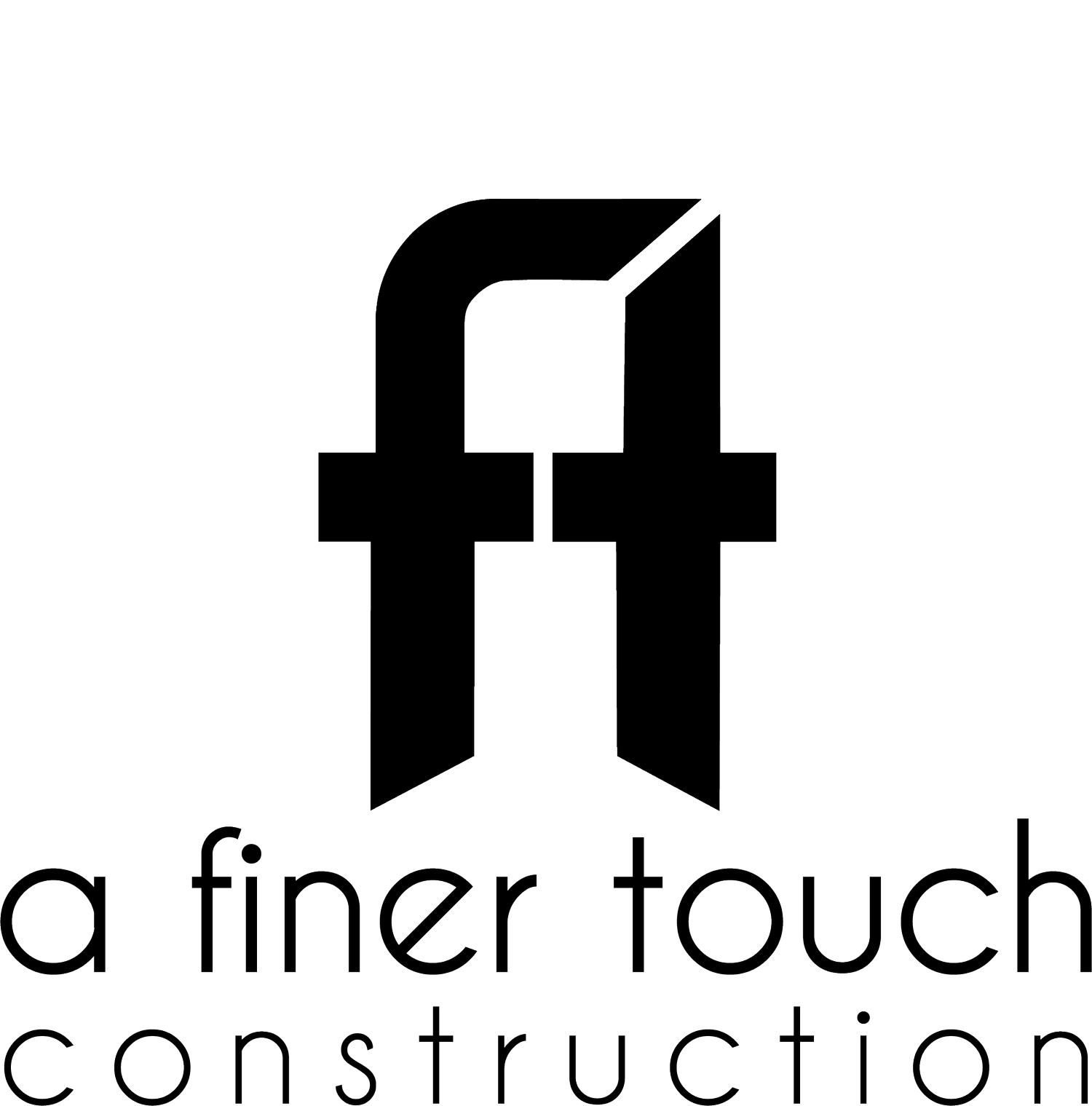Incorporating Lighting Into Interior Design
Lighting is an important element of interior design, but the dramatic impact it can have can oftentimes be overlooked. It has the ability to set the mood of a room, affect the way colors are perceived and can be used to highlight architectural features of a room or artwork. A room can dramatically change just by how the lighting is featured, installed, and angled.
The type and color of the lighting used can also have a large impact. In the past number of years, we have seen great innovation in LED lighting that is providing new light sources and allowing light to be used as a design element in ways that were previously not possible. There are three main types of lighting: ambient (general) lighting, accent lighting, and task lighting. Ambient lighting is indirect, soft lighting that provides the general illumination for the room. It often times comes in the form of recessed ceiling lights, chandeliers, floor lamps, and wall sconces. Accent lighting is used to direct attention to a specific area of a room, highlight an architectural design element or artwork, or add style and drama to the room. Examples include track lighting designed to highlight artwork or a spotlight on a stone fireplace or mantle. It could be used in domed or coffered ceilings and inside display cabinetry. Task lighting is great for studies, home offices, kitchens, and bathrooms where tasks are to be completed. Some examples include a desk lamp, reading lamp, and under cabinet lights. Advances in LED technology has changed how lighting is incorporated into a room. LED offers many advantages to traditional incandescent including reduced power consumption and decreased heat output. This can simply mean savings in your pocketbook, but it can also mean you can add additional lighting to a room without the concerns of running up your electric bill or causing too much heat to be produced. However, LED also has advantages when it comes to the bulb designs and new categories of products that allow for new types of installations and artistic expression. One of these new products is LED tape lighting. LED tape light is essentially what it sounds like, it comes in various lengths of “tape” that can be cut to size and is generally installed simply by using a sticky backing. LED tape lighting can be used for traditional installations such as under cabinet lighting, but there are many creative ways to use this product to create dramatic lighting designs in any room. These include attaching to the back of a television, installing in a bookcase or other shelving, behind a headboard or under a bed, illuminate stairways, behind mirrors, under couches and other furniture, and bedroom closets. LED technology also brings the ability to change the light’s color with the press of a button.
The power to instantly change the mood of the room is at your fingertips. A dining room may be warm and sophisticated for a romantic dinner one night, then add an array of colors for a party, the next. All of these has the ability to be wired to dimmer switches that can be tied into a home automation system or used in manual lighting switches as well. Dimmer switching allows the brightness to be adjusted for whatever mood is to be created.
The power to make a statement through lighting has never been greater. However, with more choices comes with more planning to achieve the look you want. Think about how space will be used as this will direct your plan. For most spaces, start with ambient lighting to ensure the space has enough general lighting and then move onto accent and task lighting for specific areas. Add pop and unique features with the use of colorful LED lighting. Now, more than ever, lighting is an opportunity to add design elements to any room.


